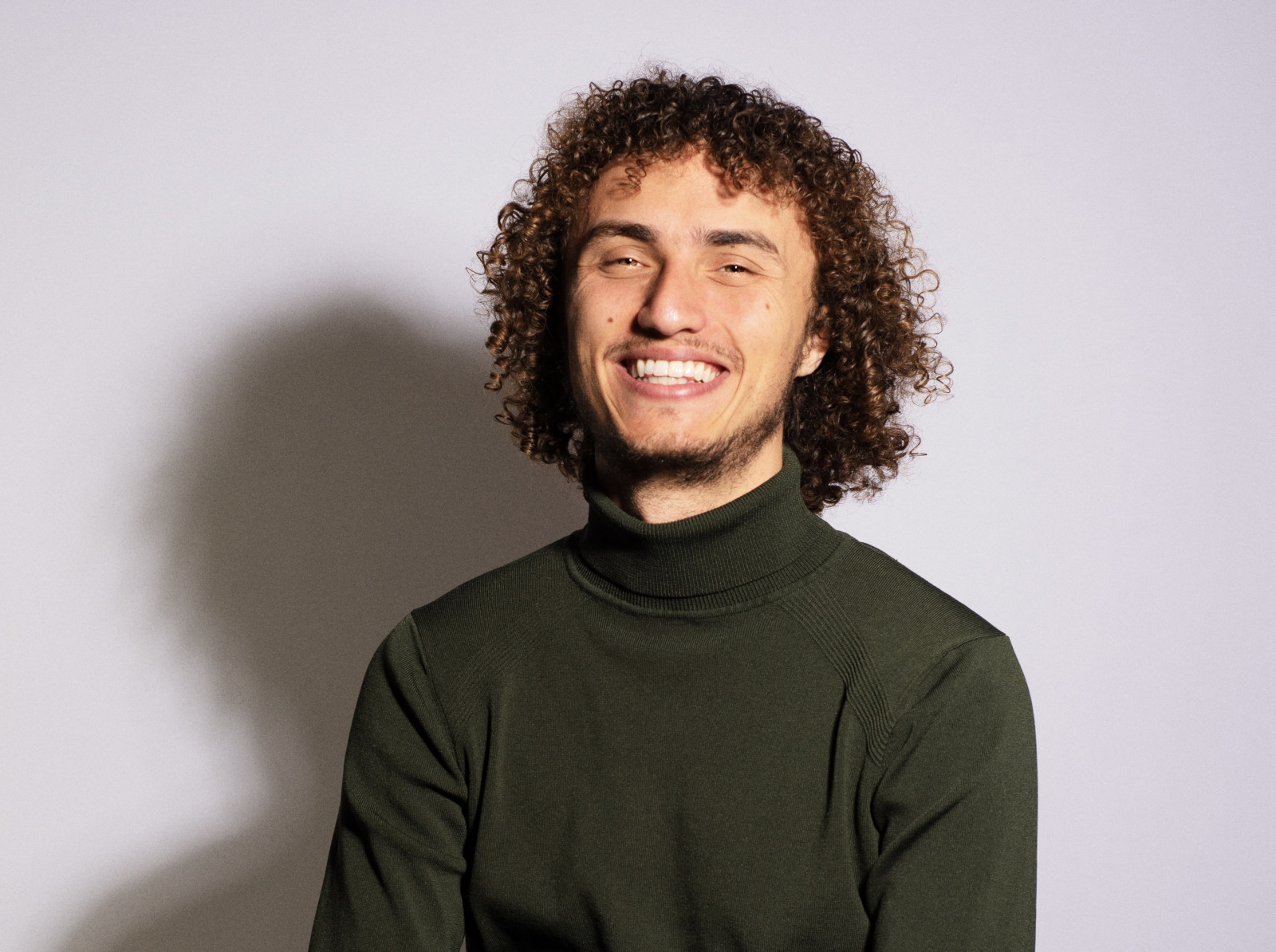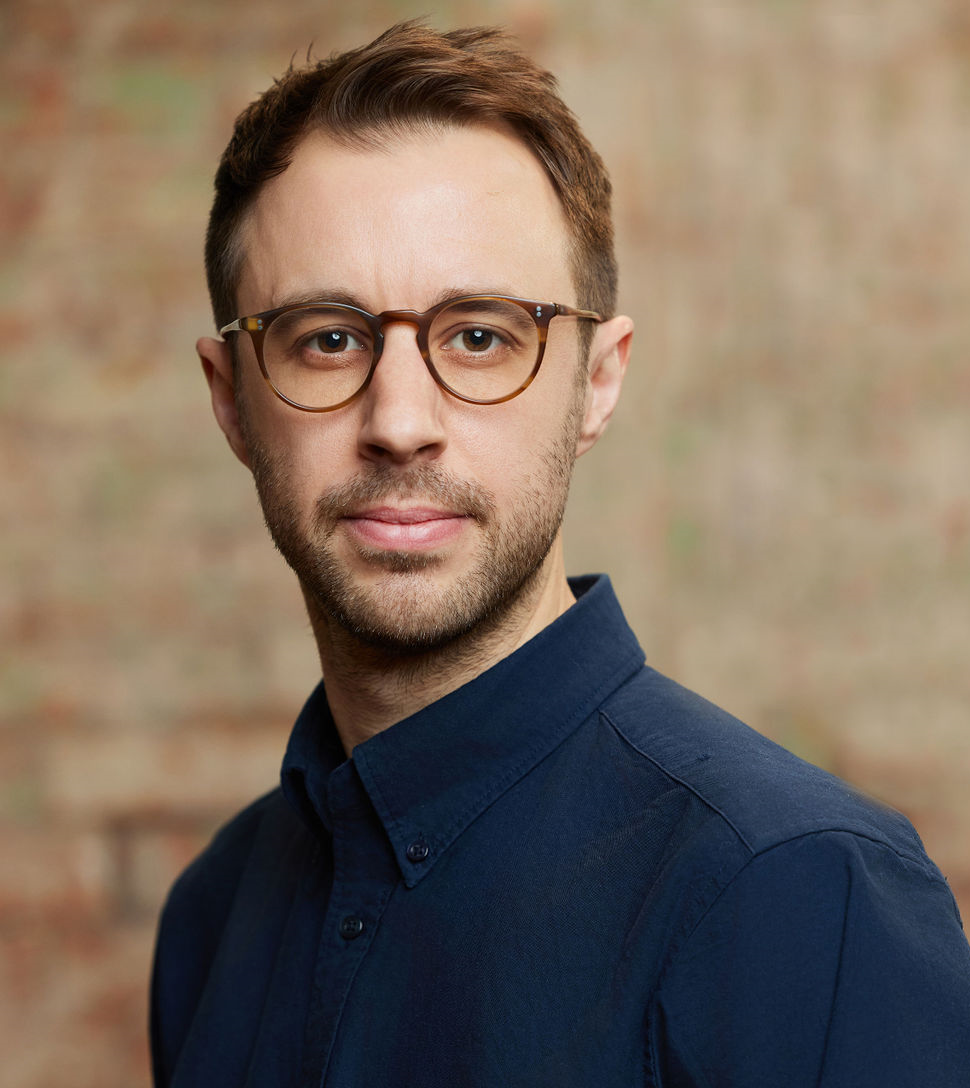How Kwebbelkop AI is pushing the frontiers of generative-AI content creation on YouTube

Photo: JVDB Studios

The incoming wave of generative-AI content has the potential to dominate social video platforms and reshape the creator economy. As a support act, AI can help content creators improve their production values and reduce time spent creating. Yet, the speed and scale at which generative AI will be able produce content on its own will outpace human content creators. This leaves social video platforms with a delicate balance to strike. MIDiA data shows a strong appetite among social video consumers to experience the potential of generative-AI content. However, action is needed if these platforms want to realise the commercial potential of this new phenomenon, without damaging the pre-existing value chain forged by human creators. In Generative AI: The double-edged sword for social video platforms and content creators, MIDiA explores why social video platforms might be among the first to place restrictions on generative-AI content to protect the authenticity of human content creation that has underpinned the success of platforms like YouTube and Twitch.
Of course, much of this will depend upon how much generative-AI technology creators adopt. Will it be confined to back-end tools for streamlining production, or will it become front and centre of community engagement? There are already early examples in the field of generative-AI creators producing round-the-clock content, such as the WatchMeForever and ClintStevensAI on Twitch. Among those pioneering generative-AI techniques in content creation is Jordi van den Bussche, the superstar creator known as Kwebbelkop who has more than 15 million subscribers to his YouTube channel. Bussche is working on fully autonomous generative-AI content creation through his Kwebbelkop AI project. In time, he plans to phase out his physical presence in favour of an AI version of himself. Speaking to MIDiA Research, he describes the development process, and the impact he believes generative AI will have on the creator economy.
How does Kwebbelkop AI currently work?
Bussche: We have two applications. One is where the production process is entirely automated, which means all you do is provide it with a prompt of a video you want to see and out comes the final, fully edited, fully optimised, narrated video. Currently, that is our main focus for our development. On the other hand, we also have our application focused on capturing brand identity. That is Kwebbelkop AI. Kwebbelkop AI is not 100% AI, but there are a few impressive AI layers that we have added where I am not needed anymore in the production, but humans are still involved in a few steps of that process.
What is the end goal with Kwebbelkop AI, and what opportunities does it unlock for content creation?
Featured Report
India market focus A fandom and AI-forward online population
Online Indian consumers are expected to be early movers. They are high entertainment consumers, AI enthusiasts, and high spenders – especially on fandom. This report explores a population that is an early adopter, format-agnostic, mobile-first audience, with huge growth potential.
Find out more…Bussche: For us it is about tackling the challenges [in the content creation process]. And when you tackle those challenges, you empower people’s storytelling. Before this we were limited by a bunch of factors, such as how much time do you have? If you are up for 16 hours a day, you can shoot footage of yourself for the duration of that time, but more than that is impossible. Now, [with generative AI] you can have an infinite amount of unique content of you being generated every day. This opens up people’s creativity. Time and energy are not a limitation anymore. This gives me the possibility as a content creator to tell all different types of stories. I can say that I can stream on multiple streaming platforms, but every stream will be unique and different. Now, you can say it is Monday on Twitch, so we are going to be playing Minecraft, but on YouTube on Monday night is the Jacuzzi stream. That gives you the option as a streamer to tap into a much wider audience.
Also, when I started out all you needed to be an influencer was a computer, a camera and you were good. Now, influencers are spending millions on videos. I think that is unfair because you are not competing on a creativity level. You are competing against someone who has a big production. As a result, this divide between smaller and larger creators is just going to grow and grow because nobody is going to be able to catch up with Mr Beast. However, [with generative AI] it will become very possible for a rookie to facilitate really high-level content productions. This levels out the playing field.
Do you think the current enthusiasm for AI content among social video audiences is driven by the novelty factor, rather than the quality of the content?
Bussche: The novelty of someone becoming an AI influencer is going to wear off. So, the AI-generated content on its own needs to be good enough to entertain. If audiences don’t like it, it is not going to get views. So, alongside Kwebbelkop AI, we decided to launch a few channels that we do not associate with AI whatsoever, or with us, to see if we could grow those. And we have one that is extremely promising called Chasing the Past. Today, it has 50,000 followers on Facebook. That is all organic. It is run by a person who has never had a Facebook or a YouTube page himself before this. It is 100% AI-generated content, where he used our prompt-to-video tool to get all the content made. To us, that shows that the quality of the content is now good enough, because some videos have 900,000 views, and the YouTube channel has 11,000 subscribers. This was a test case where, if you put the hate surrounding AI to one side, it could this stand on its own. And to us, this is 100% yes.
Do you think AI will ever match human-creator content when it comes to authenticity?
Bussche: Can AI re-create authenticity? So far, it is doing a pretty good job. But is it one on one? I don’t really think so. Would I be able to fool an audience with it? Probably. I could get a model to capture all the nuances of an authentic conversation, which might be intonation or body movement, or how I answer a question. Are these complex to do? Not at all. But let me question this. If you are watching a cooking tutorial, do you care about the relationship with the influencer? It is not black and white. For example, there doesn’t need to be a connection with a person for forms of educational content, such as a documentary about nature. However, it could be that when AI manages to tackle this challenge of authenticity, that is when the mainstream will fully adopt.
Will it be even tougher for early-stage creators to build audiences because of the content saturation generative AI may bring?
Bussche: The content output is going to increase because content production is going to become extremely accessible. However, the base line [of content creation] will be way better than the alternative, which is you doing it yourself. Not better than the 1% [of the biggest creators], but it is getting there. This means as a starting creator all of a sudden you are performing as if you have two- or three-years’ worth of experience. As a result, the skill focus will move from production to ideation. Now it becomes about your identity and your brand, rather than the quality of your production.
For MIDiA’s in-depth analysis of generative AI, including how the technology will impact creator tools companies and creator talent agencies, download Generative AI: The double-edged sword for social video platforms and content creators, and the accompanying case study Kwebbelkop and WatchMeForever: Novelty appeal or AI revolutionaries?

There are comments on this post join the discussion.